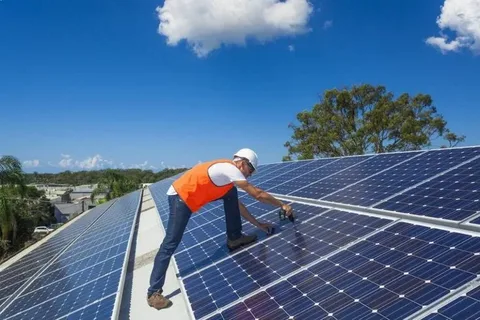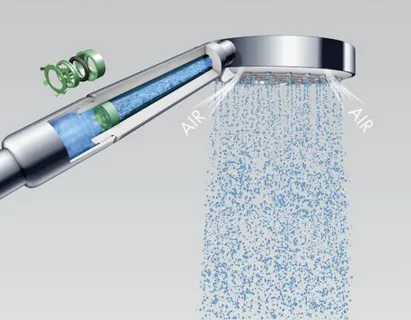Sustainable living is becoming more popular as homeowners seek ways to reduce their environmental impact while saving money on energy and water bills. Making eco-friendly upgrades to your home not only benefits the planet but also improves efficiency and increases property value.
Here are five impactful eco-friendly home improvement ideas to consider.
1. Upgrade to Energy-Efficient Windows and Doors
Old windows and doors can cause significant energy loss, making your heating and cooling system work harder. Replacing them with energy-efficient models can improve insulation and lower utility bills.
Eco-Friendly Benefits:
✔ Reduces energy consumption and carbon footprint.
✔ Keeps indoor temperatures stable, reducing heating and cooling costs.
✔ Increases home value and comfort.
Tips for Implementation:
- Look for Energy Star-rated windows and doors.
- Consider double or triple-pane glass with low-emissivity (Low-E) coatings.
- Use weather stripping to seal gaps and prevent drafts.
2. Install Solar Panels for Renewable Energy

Solar power is one of the most effective ways to reduce dependence on fossil fuels and lower electricity costs. Installing solar panels can generate clean energy for your home and even allow you to sell excess power back to the grid.
Eco-Friendly Benefits:
✔ Reduces reliance on non-renewable energy sources.
✔ Lowers electricity bills and may qualify for tax incentives.
✔ Increases home value and sustainability.
Tips for Implementation:
- Assess your home’s sunlight exposure to determine solar panel efficiency.
- Explore government rebates or financing options for solar installation.
- Pair with solar battery storage to store excess energy for nighttime use.
3. Use Sustainable and Recycled Building Materials
When renovating or building, opt for sustainable materials to reduce waste and environmental impact. Many recycled and eco-friendly materials are just as durable and stylish as traditional options.
Eco-Friendly Benefits:
✔ Reduces deforestation and landfill waste.
✔ Promotes a circular economy by repurposing materials.
✔ Improves indoor air quality by minimizing toxic chemicals.
Tips for Implementation:
- Use bamboo flooring, which is durable and grows quickly.
- Choose reclaimed wood for furniture and cabinetry.
- Opt for recycled glass countertops and tiles.
- Use low-VOC (volatile organic compounds) paints for better indoor air quality.
4. Improve Water Efficiency with Smart Fixtures

Water conservation is an essential part of an eco-friendly home. By installing smart water fixtures, you can significantly reduce water wastage without compromising functionality.
Eco-Friendly Benefits:
✔ Lowers water usage, reducing strain on local water supplies.
✔ Saves money on water bills.
✔ Reduces wastewater and environmental impact.
Tips for Implementation:
- Install low-flow toilets and showerheads to use less water per flush or shower.
- Use sensor-based faucets to avoid unnecessary water use.
- Collect rainwater with a rainwater harvesting system for gardening.
- Choose drought-resistant landscaping to minimize water needs.
5. Switch to Energy-Efficient Appliances
Older appliances tend to consume more energy, leading to higher electricity bills and increased carbon emissions. Upgrading to energy-efficient models can help cut down energy usage significantly.
Eco-Friendly Benefits:
✔ Uses less electricity, reducing overall carbon footprint.
✔ Saves money on energy bills.
✔ Extends the lifespan of appliances.
Tips for Implementation:
- Look for Energy Star-rated appliances.
- Upgrade to a smart thermostat to optimize heating and cooling.
- Use LED lighting instead of traditional bulbs.
- Consider an induction cooktop, which is more energy-efficient than gas stoves.
Final Thoughts
Making eco-friendly home improvements not only helps the environment but also enhances your home’s efficiency and value. By choosing sustainable materials, reducing energy and water waste, and investing in renewable energy, you can create a healthier, greener living space while saving money in the long run.
